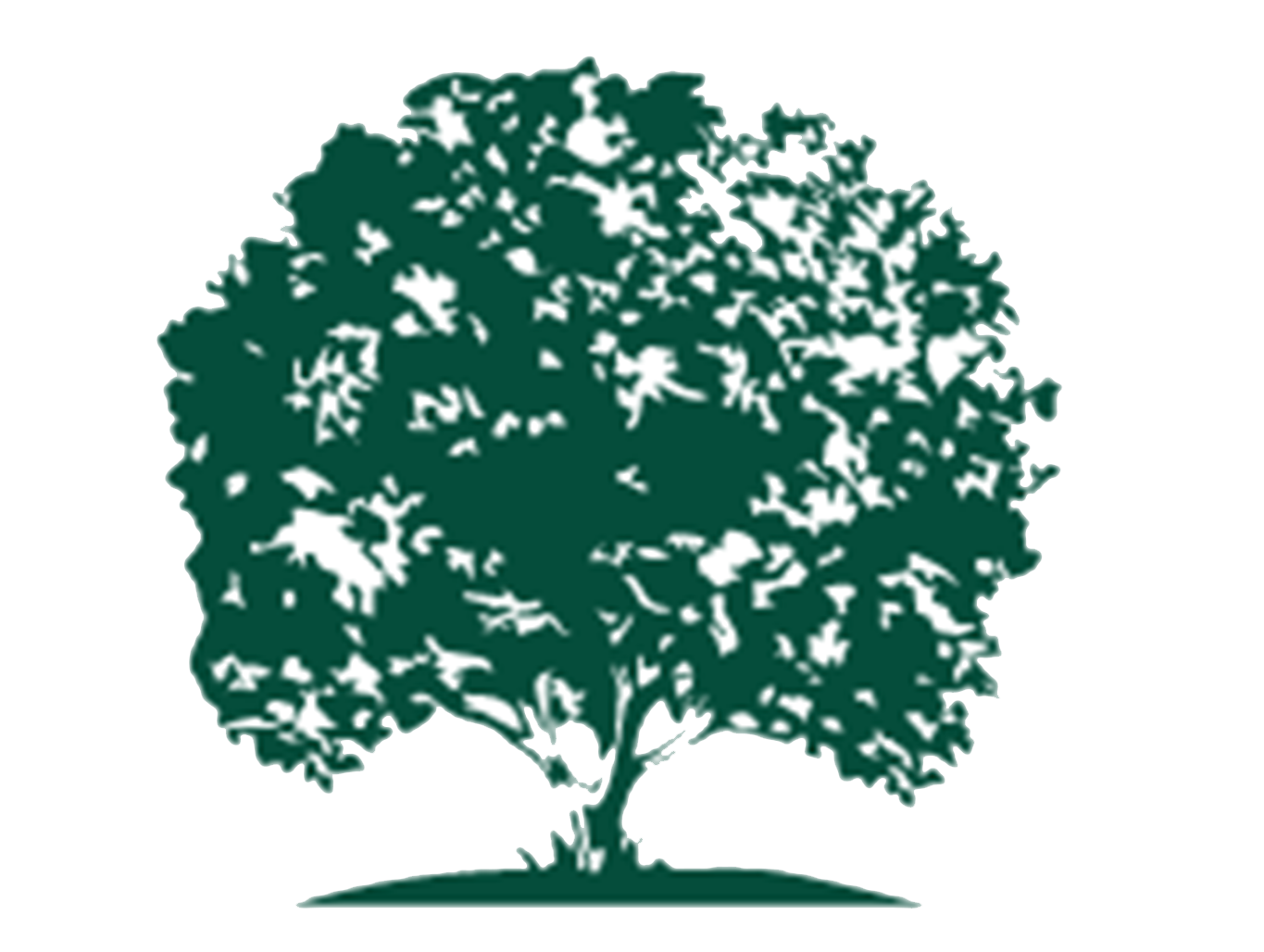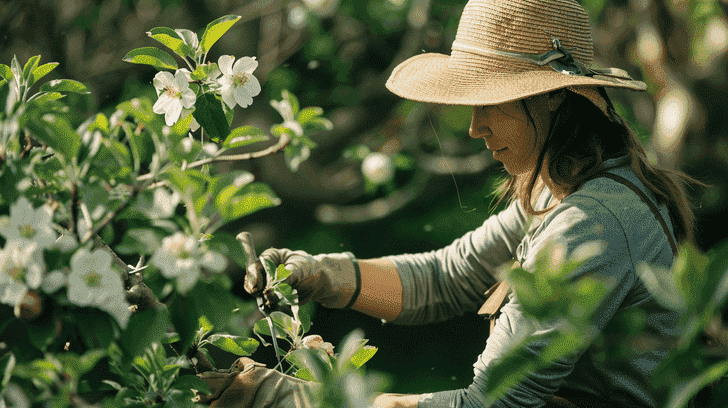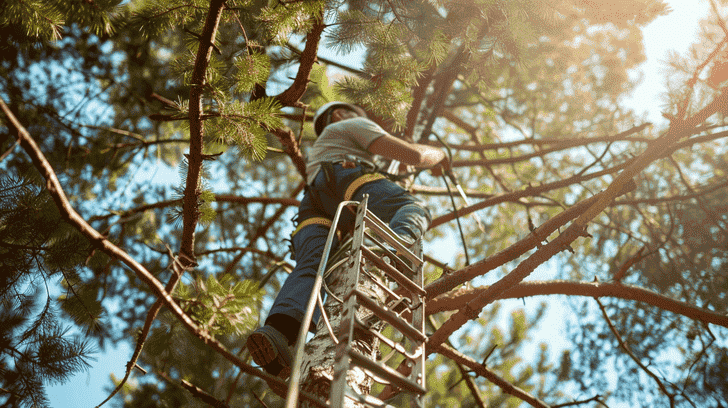Trimming Arborvitae: Tips and Techniques for Healthy Growth
As you step into your yard, you can’t help but notice your arborvitae looking a bit lackluster.
Maybe it’s grown too tall, or the branches are starting to thin out. You know trimming is in order, but where do you even start?
With the right techniques and tools, you can transform your arborvitae into a lush, thriving hedge or topiary.
But what are the secrets to successful trimming, and how can you avoid common mistakes that can leave your plant stressed and struggling?
Let’s explore the dos and don’ts of trimming arborvitae to get your landscape looking its best.
When to trim arborvitae bushes
When determining when to trim your arborvitae bushes, you’ll want to contemplate the time of year. Trimming at the right time can make all the difference in maintaining their shape and promoting healthy growth.
You’ll need to weigh the benefits of trimming in fall, winter, and summer, and choose the approach that works best for your specific needs.
Trimming arborvitae in fall
As the last leaves of summer cling to their branches, you’re likely wondering if it’s time to trim your arborvitae bushes, and the answer lies in the seasonal cues.
Fall is an ideal time for trimming arborvitae, as the trees and shrubs are moving from active growth to dormancy.
Pruning during this period helps maintain the evergreen’s health and promotes a robust foliage. Remove any dead or damaged branches, and shape the conifers to maintain a balanced silhouette.
Trimming arborvitae in fall also promotes new growth, ensuring a lush appearance come spring. By pruning your arborvitae bushes now, you’ll be rewarded with a vibrant, thriving landscape that will withstand the harsh winter months ahead.
Trimming arborvitae in winter
During winter’s dormancy, you can prune your arborvitae bushes to correct any structural issues or maintain their desired shape, taking advantage of the plant’s slowed growth to make precise cuts.
As the evergreen foliage is less dense, you’ll have a clearer view of the branches, making it easier to identify areas that need trimming.
Be cautious when pruning arborvitae in winter, as snow and ice can weigh down branches, causing breakage. Remove any dead or damaged branches to maintain plant health and prevent the spread of disease.
Pruning arborvitae in winter also helps to promote healthy growth come spring. By trimming your arborvitae trees during this time, you’ll be rewarded with a lush, vibrant plant when the weather warms up.
Trimming arborvitae in summer
Summer pruning, typically done in late June or early July, allows you to shape your arborvitae bushes as they’re actively growing, providing an opportunity to refine their silhouette and encourage dense, compact growth.
When you trim your arborvitae in summer, focus on maintaining the top growth, as it receives the most sunlight. Prune any weak or damaged branches, and trim back the shrub to maintain its desired shape. Be mindful of the arborvitae’s growth conditions, as excessive pruning can stress the plant.
Use these summer pruning tips to promote healthy growth and encourage your arborvitae to thrive. By pruning at the right time, you’ll enjoy a lush, compact shrub that adds beauty to your outdoor space.
Tools and Equipment for Trimming Arborvitae
You’ll need a combination of sharp, well-maintained pruning tools and equipment to effectively trim your arborvitae and promote healthy growth. Invest in a good pair of hand pruners, such as Felcos, for trimming small branches and shaping the plant.
For thicker branches, use loppers, which provide more leverage and cutting power. A pruning saw is essential for making precise cuts on larger limbs. Don’t forget a pair of trimming shears for tidying up stray growth.
Choose tools with durable handles, sharp blades, and a clean edge to prevent damaging your arborvitae. Regularly maintain your tools to make sure they remain effective and safe to use.
Common Mistakes to Avoid When Trimming Arborvitae
When trimming your arborvitae, it’s important to steer clear of common mistakes that can stress or disfigure your plant, such as cutting too much foliage at once or failing to make clean cuts.
Avoid these mistakes to guarantee healthy growth and a visually appealing hedge.
Here are some common mistakes to avoid:
- Topping: Cutting the top of your arborvitae can lead to weak growth and an uneven shape. Instead, use reduction cuts to maintain a natural shape.
- Over-shearing: Trimming too much foliage can stress your arborvitae, making it vulnerable to disease and pests. Prune judiciously to maintain air circulation and promote healthy growth.
- Failing to make clean cuts: Make precise cuts just above a growth node to prevent damage and encourage new growth.
Follow these trimming tips to prune your arborvitae like a pro!
FAQ
What is the best time to trim arborvitae?
Timing is essential when pruning arborvitae, and trimming them at the right time can make all the difference in maintaining their health and shape.
You want to prune your arborvitae when it’s dormant, typically during the winter months or early spring before new growth begins.
This allows the tree to focus its energy on healthy growth rather than repairing pruning wounds.
Here are some key times to keep in mind:
- Dormant season: Prune your arborvitae during the winter months when it’s not actively growing.
- Early spring: Trim your arborvitae before new growth begins to maintain its shape and promote healthy growth.
- Avoid pruning during active growth: Trimming your arborvitae during the active growing season can cause stress and promote unhealthy growth.
Can you cut the top off an arborvitae?
You’ll need to carefully consider the consequences of cutting the top off your arborvitae, as this drastic pruning method can either rejuvenate or severely damage your tree.
Arborvitae topping, also known as thuja topping, involves cutting the central leader or main stem of the tree.
This method can be beneficial for reducing tree height, promoting a fuller plant, and encouraging bushy growth.
However, it can also lead to decay, disease, and pest issues if not done correctly.
| Pruning Method | Benefits | Risks |
| Arborvitae Topping | Reduces tree height, promotes fuller plant | Decay, disease, and pest issues |
| Selective Pruning | Encourages bushy growth, maintains shape | Time-consuming, requires skill |
| Reduction Pruning | Maintains tree size, promotes healthy growth | Can be stressful for the plant |
| Thinning Pruning | Improves air circulation, reduces disease risk | Can be difficult to achieve desired shape |
Remember to consult a pruning project guide and consider consulting a professional before attempting to cut the top off your arborvitae.
Will arborvitae grow back after trimming?
When you trim your arborvitae, the good news is that it can regrow and even thrive if pruned correctly, but the key to successful regrowth lies in understanding the tree’s response to different pruning techniques.
To promote healthy growth, it’s essential to prune your arborvitae with a clear understanding of how it responds to trimming. Here are some key takeaways:
- Prune with a purpose: Remove dead or damaged branches to prevent the spread of disease and encourage healthy growth.
- Maintain shape and size: Trim your arborvitae to maintain its natural shape and control its size, promoting a balanced, visually appealing plant.
- Timing is everything: Prune your arborvitae during its dormant season to minimize stress and promote healthy regrowth.
What to do with overgrown arborvitae?
If your arborvitae has grown unruly and unmanageable, it’s likely time to take drastic measures to restore its natural shape and promote healthy growth.
You’ll need to prune your overgrown arborvitae to renovate its shape and encourage new growth. Start by removing any dead or damaged branches using lopping shears or hand pruning shears.
Next, trim back the top of the arborvitae to reduce its height and promote a more balanced shape. This renovation process may require significant trimming, but it’s essential for restoring your arborvitae’s natural beauty and promoting healthy growth.
Remember to make clean cuts, and don’t be afraid to remove large sections if necessary. With careful pruning, you can transform your overgrown arborvitae into a thriving, well-shaped plant.
What is an arborvitae?
Arborvitae, a type of evergreen shrub or small tree, belongs to the genus Thuja, comprising five species native to East Asia and North America.
You may be familiar with the Eastern White Cedar (Thuja occidentalis), a popular arborvitae species.
As you examine an arborvitae, notice its:
- Dense, scale-like foliage: Soft, flat leaves that resemble tiny scales
- Bright green needles: Fresh growth that’s vibrant and healthy
- Columnar shape: A natural, upright growth habit that’s perfect for hedges or borders
Arborvitae are known for their attractive, lush green growth and adaptability to various environments.
Understanding what arborvitae are will help you better care for these beautiful plants and maintain their health through proper trimming and pruning.
Conclusion
With your newly acquired knowledge of trimming arborvitae, you’re now equipped to maintain the health and shape of these versatile evergreens.
By following the tips and techniques outlined in this article, you’ll be able to promote healthy growth, enhance privacy, and improve the overall appearance of your arborvitae.
Remember, trimming is essential to reduce stress and maintain foliage density.
| Benefits of Trimming | Results |
| Reduces stress | Promotes healthy growth |
| Maintains shape | Enhances privacy |
| Improves appearance | Increases foliage density |
| Enhances air circulation | Reduces disease risk |
| Boosts plant vigor | Supports overall health |







![How Much Does Tree Trimming Cost? [+Calculator]](https://abbeytreesurgeons.co.uk/wp-content/uploads/2024/03/how-much-does-tree-trimming-cost.png)